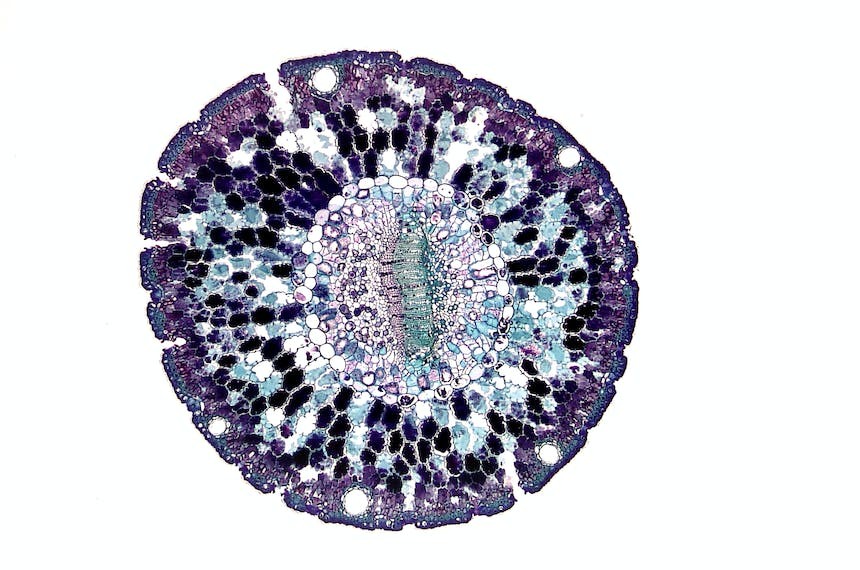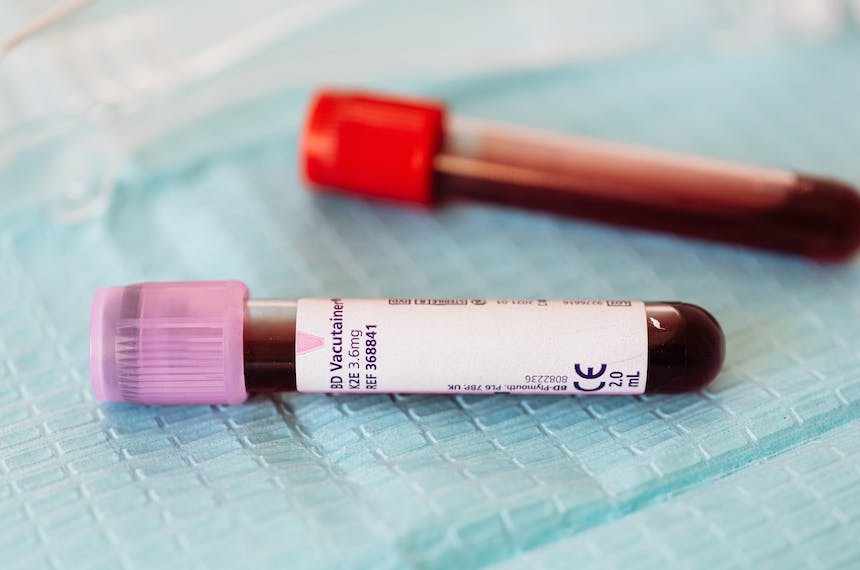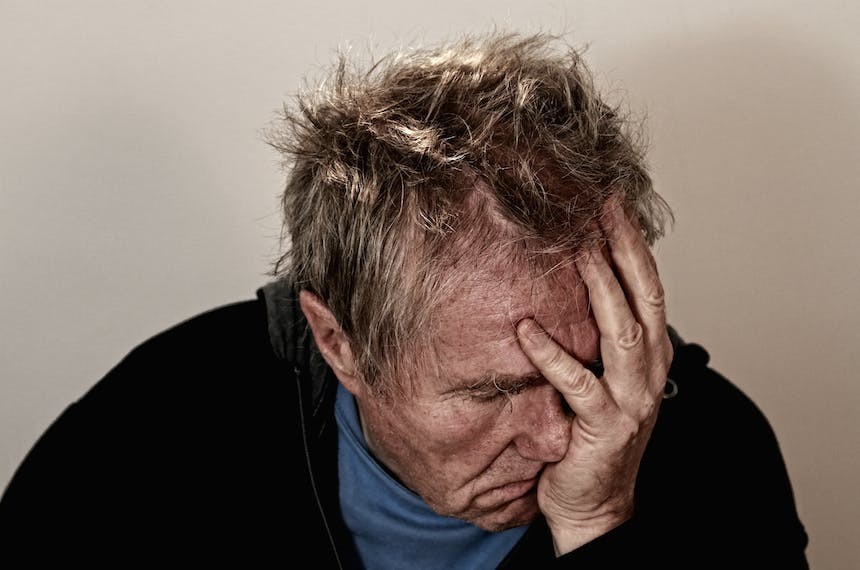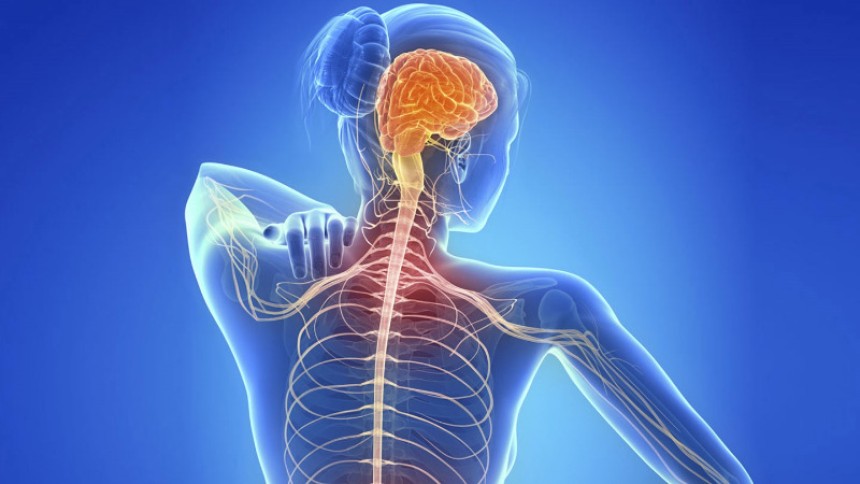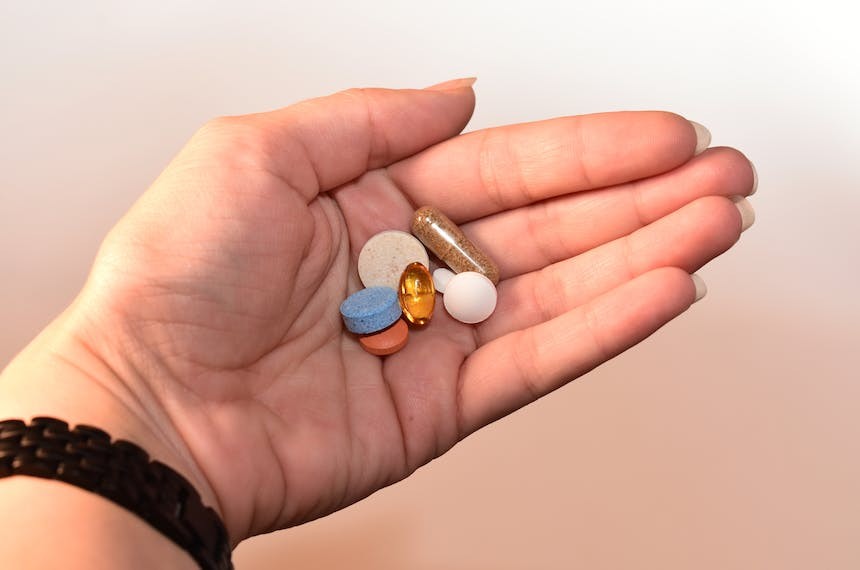
Neuroleptic Malignant Syndrome
Neuroleptic malignant syndrome (NMS) is a life-threatening condition associated with antipsychotic drugs. It presents with altered mental status, fever, rigidity, and dysautonomia. Treatment includes stopping the causative agent, supportive care, medications like dantrolene, bromocriptine, amantadine, benzodiazepines, and, in severe cases, electroconvulsive therapy (ECT). Restarting antipsychotics should be done with caution and expert guidance, starting with low doses of lower-potency agents while monitoring for NMS symptoms, and avoiding concomitant lithium and dehydration.
Neuroleptic Malignant Syndrome (NMS) Overview:
Neuroleptic malignant syndrome (NMS) is a life threatening medical and neurological emergency condition and is associated with the use of antipsychotic drugs. It is characterised by altered mental status, fever, rigidity and dysautonomia. It has a mortality rate of 10-20% and is related to dysautonomia. (1, 2)
Causes and Risk Factors of NMS:
NMS is often seen with first generation antipsychotic agents including halopredol, chlorpromazine and fluphenizine. Occassionally, second generation antipsychotics could lead to NMS at a much lower rate. Also, antiemetic drugs (metoclopramide, promethazine) could lead to the problem. Addionally, NMS is seen in Parkinson patients in the setting of levodopa withdrawal, as well as when switching from one dopamine agonist to another. Infection and surgery are possible precipitating factors. (3, 4, 5, 6)
Initial Management of NMS:
Supportive care and admission to high dependency units/ICU are essential. It includes proper management of dehydration with IV fluids, correction of electrolyte imbalance, management of sepsis with broad spectrum antibiotics and symptomatic management of fever. If creatine kinase (CK) is very elevated, high volume IV fluids with alkalinisation of urine may help preventing renal failure from rhabdomyolysis. Control of agitation is achieved with lorazepam 0.5- 1 mg. Clonidine 0.1 mg orally twice daily is effective to lower blood pressure if it
Medical Treatment in Severe NMS:
Medical treatment in severe NMS is based on case reports and clinical experience without supportive evidence from clinical trials. Commonly used agents include dantrolene, bromocriptine, amantadine and benzodiazepines. (7, 8)
Dantrolene in NMS:
Dantrolene; at a dose of 1- 2.5 mg/kg IV, which is a direct acting skeletal muscle relaxant and is effective in treating malignant hyperthermia and reducing CK levels. (9)
Bromocriptine and Amantadine in NMS:
Bromocriptine is applied at a dose of 2.5 mg every eight hours, to be titrated to a maximum of 40 mg/day. It is a dopamine agonist and is prescribed to restore lost dopaminergic tone. (10)
Benzodiazepines in NMS:
Amantadine has dopaminergic and anticholinergic effects and is used as an alternative to bromocriptine. An initial dose is 100 mg orally and could be titrated to a maximum dose of 200 mg. Benzodiazepines are used as an adjunctive therapy in NMS. They include clonazepam (0.5 mg/ day) or lorazepam (1- 2 mg IM every six hours). (11, 12)
Electroconvulsive Therapy (ECT) for NMS:
Electroconvulsive therapy (ECT) is reserved to patients not responding to other medical treatments and is effective in treating catatonia especially when antipsychotic agents cannot be used. (13)
Restarting Antipsychotic Drugs Post-NMS:
Restarting antiptsychotic drugs after NMS might be feasible However; literature does not have any existing consensus to guide physicians. It was suggested that we should wait at least two weeks or even longer before resuming therapy. Do not restart them if any clinical residua exist. Seek expert advice is essential. Start with low doses of lower potency antipsychotic agents and titrate upward slowly. Avoid concomitant lithium. Avoid dehydration and other risk factors with a careful monitor for NMS symptoms. (14)
References
1-Seitz DP, Gill SS. Neuroleptic malignant syndrome complicating antipsychotic treatment of delirium or agitation in medical and surgical patients: case reports and a review of the literature. Psychosomatics 2009; 50:8.
2-Margetić B, Aukst-Margetić B. Neuroleptic malignant syndrome and its controversies. Pharmacoepidemiol Drug Saf 2010; 19:429.
3-Berardi D, Amore M, Keck PE Jr, et al. Clinical and pharmacologic risk factors for neuroleptic malignant syndrome: a case-control study. Biol Psychiatry 1998; 44:748.
4-Keck PE Jr, Pope HG Jr, Cohen BM, et al. Risk factors for neuroleptic malignant syndrome. A case-control study. Arch Gen Psychiatry 1989; 46:914.
5-Hermesh H, Aizenberg D, Weizman A, et al. Risk for definite neuroleptic malignant syndrome. A prospective study in 223 consecutive in-patients. Br J Psychiatry 1992; 161:254.
6-Serrano-Dueñas M. Neuroleptic malignant syndrome-like, or-- dopaminergic malignant syndrome--due to levodopa therapy withdrawal. Clinical features in 11 patients. Parkinsonism Relat Disord 2003; 9:175.
7-Caroff SN, Mann SC, Keck PE Jr. Specific treatment of the neuroleptic malignant syndrome. Biol Psychiatry 1998; 44:378.
8-Gurrera RJ, Caroff SN, Cohen A, et al. An international consensus study of neuroleptic malignant syndrome diagnostic criteria using the Delphi method. J Clin Psychiatry 2011; 72:1222.
9-Tsutsumi Y, Yamamoto K, Matsuura S, et al. The treatment of neuroleptic malignant syndrome using dantrolene sodium. Psychiatry Clin Neurosci 1998; 52:433.
10-Rosebush PI, Stewart T, Mazurek MF. The treatment of neuroleptic malignant syndrome. Are dantrolene and bromocriptine useful adjuncts to supportive care? Br J Psychiatry 1991; 159:709.
11-Adnet P, Lestavel P, Krivosic-Horber R. Neuroleptic malignant syndrome. Br J Anaesth 2000; 85:129.
12-Sakkas P, Davis JM, Janicak PG, Wang ZY. Drug treatment of the neuroleptic malignant syndrome. Psychopharmacol Bull 1991; 27:381.
13-Morcos N, Rosinski A, Maixner DF. Electroconvulsive Therapy for Neuroleptic Malignant Syndrome: A Case Series. J ECT 2019.
14-Nakamura M, Yasunaga H, Miyata H, et al. Mortality of neuroleptic malignant syndrome induced by typical and atypical antipsychotic drugs: a propensity-matched analysis from the Japanese Diagnosis Procedure Combination database. J Clin Psychiatry 2012; 73:427.

